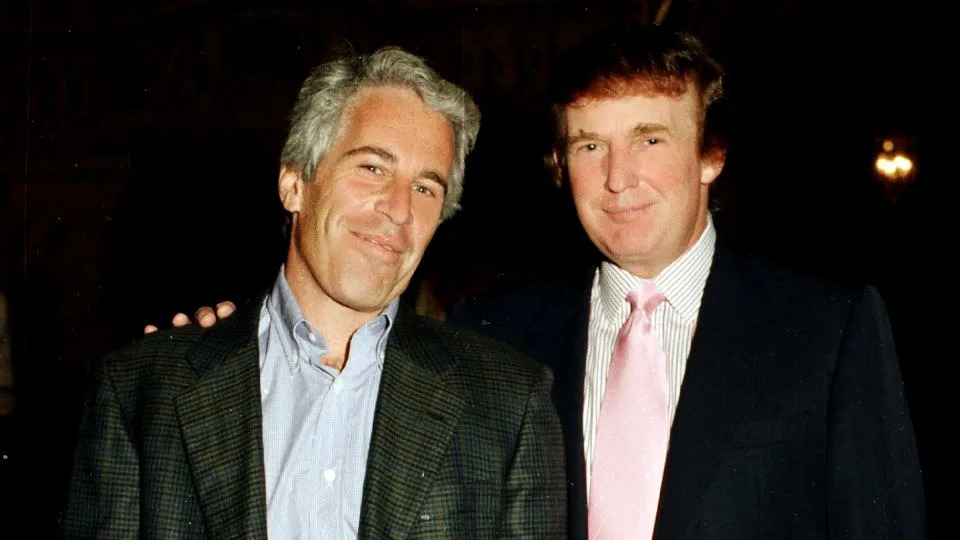
For weeks, the Trump administration has made a series of rather curious moves related to the Jeffrey Epstein files.
It has gone back on its promises of extensive disclosure. It has misled about the situation. It has strained to avoid acknowledging President Donald Trump’s ties to Epstein. It has treated Ghislaine Maxwell suspiciously well in still-unexplained ways. And it has taken actions geared toward supposed transparency that didn’t appear all that transparent.
The whole thing has several of Epstein’s victims and their allies suggesting a cover-up is afoot. (Trump has not been accused of any wrongdoing in connection with the accused sex trafficker.)
And on Monday, a key moment arrived: Confirmation that the administration’s big initial move toward supposed transparency was, in fact, a smokescreen.
Trump’s first effort to quell the building backlash was to push for the unsealing of grand jury testimony in the Epstein and Maxwell cases. But even at the time, experts cautioned how limited a step this appeared to be.
A judge has now rejected that push in the Maxwell case. But what’s key here is his reasoning. It’s not that the information is too sensitive, as some wagered it might be; it’s that it simply isn’t new.
In other words, the White House’s first big move toward shedding light was … trying to release documents that don’t do that at all.
And the thrust of Judge Paul Engelmayer’s ruling is that this indeed looks, for all intents and purposes, like that smokescreen.
“(The administration’s) entire premise — that the Maxwell grand jury materials would bring to light meaningful new information about Epstein’s and Maxwell’s crimes, or the Government’s investigation into them — is demonstrably false,” Engelmayer wrote.
He said he asked the administration to identify what information would be new, but it highlighted “only scattered words, clauses, and occasional sentences.” (The judge also said in a footnote that even some of that limited highlighted information was already covered by public testimony at Maxwell’s trial.)
Engelmayer said those familiar with the case “would thus learn next to nothing new,” and that the information contains no details about:
Anyone besides Epstein and Maxwell having sex with a minor.
Any supposed clients of Epstein’s.
Any unknown “means or methods” of Epstein’s and Maxwell’s crimes.
Any new places where the crimes occurred.
“The path of the Government’s investigation.”
Anything about the circumstances of Epstein’s death.
In other words, the materials contain basically nothing of interest on the key points that animate those who want to know more about the Epstein files. They’re a nothingburger.
What’s particularly notable about that is that the content of these documents wouldn’t have been some kind of mystery to the administration. It has had access to them. And it still built them up as a key effort at transparency.
All of which leads Engelmayer to suggest the administration knew better all along and might have intended to create a “diversion.”
“A member of the public, appreciating that the Maxwell grand jury materials do not contribute anything to public knowledge, might conclude that the Government’s motion for their unsealing was aimed not at ‘transparency’ but at diversion — aimed not at full disclosure but at the illusion of such,” he wrote.
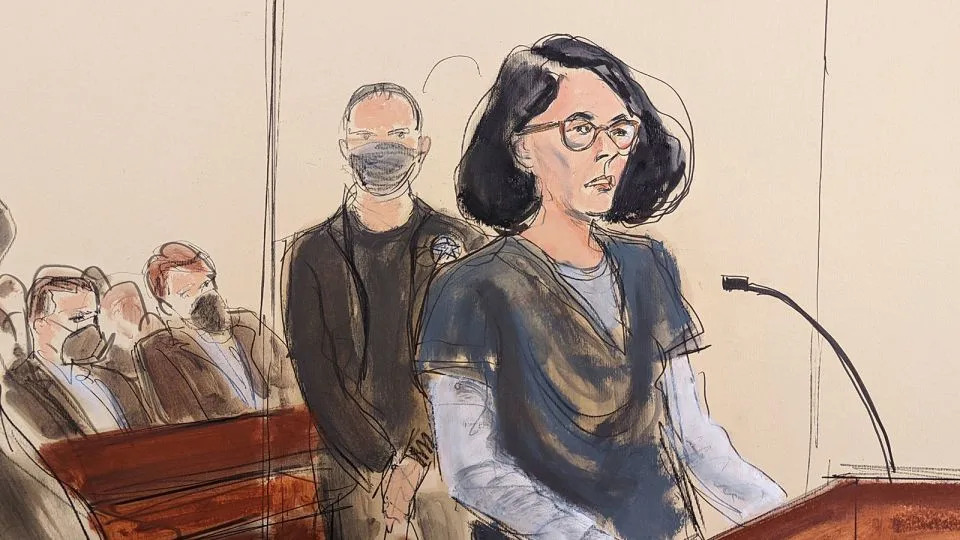
Indeed, the judge suggests there is basically one good reason to potentially release the documents: to show the public just what a smokescreen this was.
“The one colorable argument under that doctrine for unsealing in this case, in fact, is that doing so would expose as disingenuous the Government’s public explanations for moving to unseal,” he wrote.
It’s a stunning rebuke of the administration that comes at an inauspicious time.
The administration has already resisted disclosing anything related to its other move to quell the Epstein backlash. More than two weeks after the Justice Department’s interview with Maxwell, we still know next to nothing about it. About all we’ve learned is that she’s been moved to a lower-security prison camp, and the administration still hasn’t explained why.
Now we learn that one of the administration’s other efforts at supposed transparency won’t produce anything – and predictably so. (Another judge overseeing the request for grand jury transcripts in Epstein’s case has yet to rule.)
So why does the administration keep stepping in it and waiting for others to force its hand on disclosure?
Was this just Trump deciding this was the play and the Justice Department trying to make the most of it? Or was this an effort to make a judge reject them and then blame the judge?
Either way, it’s not about to satisfy those who truly care about the Epstein files.
The increasing question for them – and especially those in the MAGA movement who really pressed this issue for years – is whether they begin to see through this effort and see it as the cover-up that Epstein’s victims and their allies have suggested.
For more CNN news and newsletters create an account at CNN.com


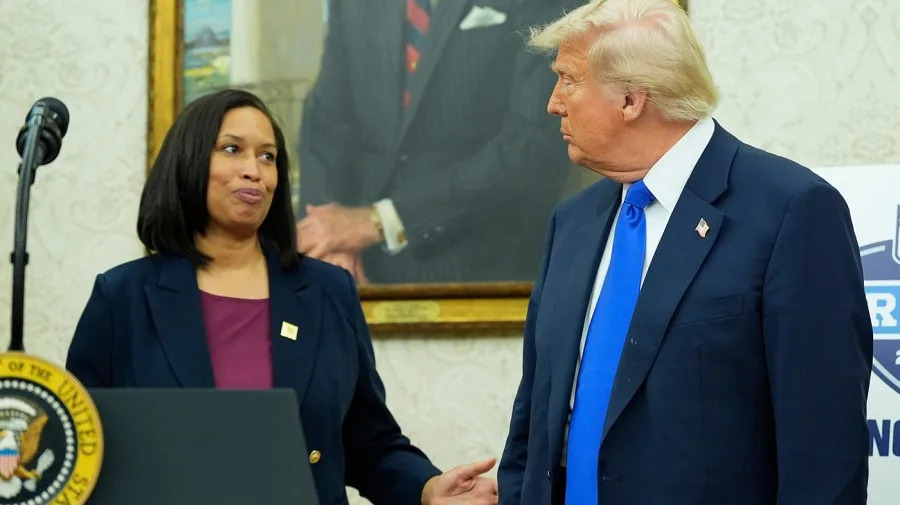
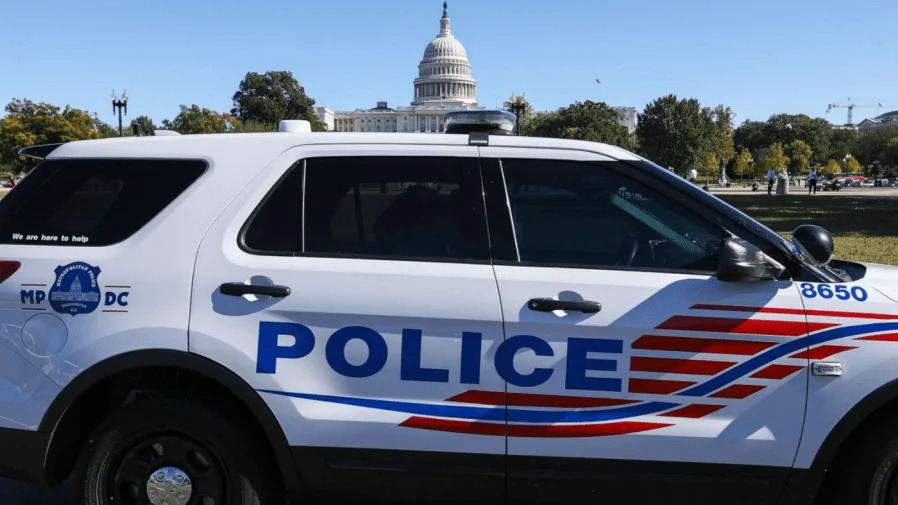
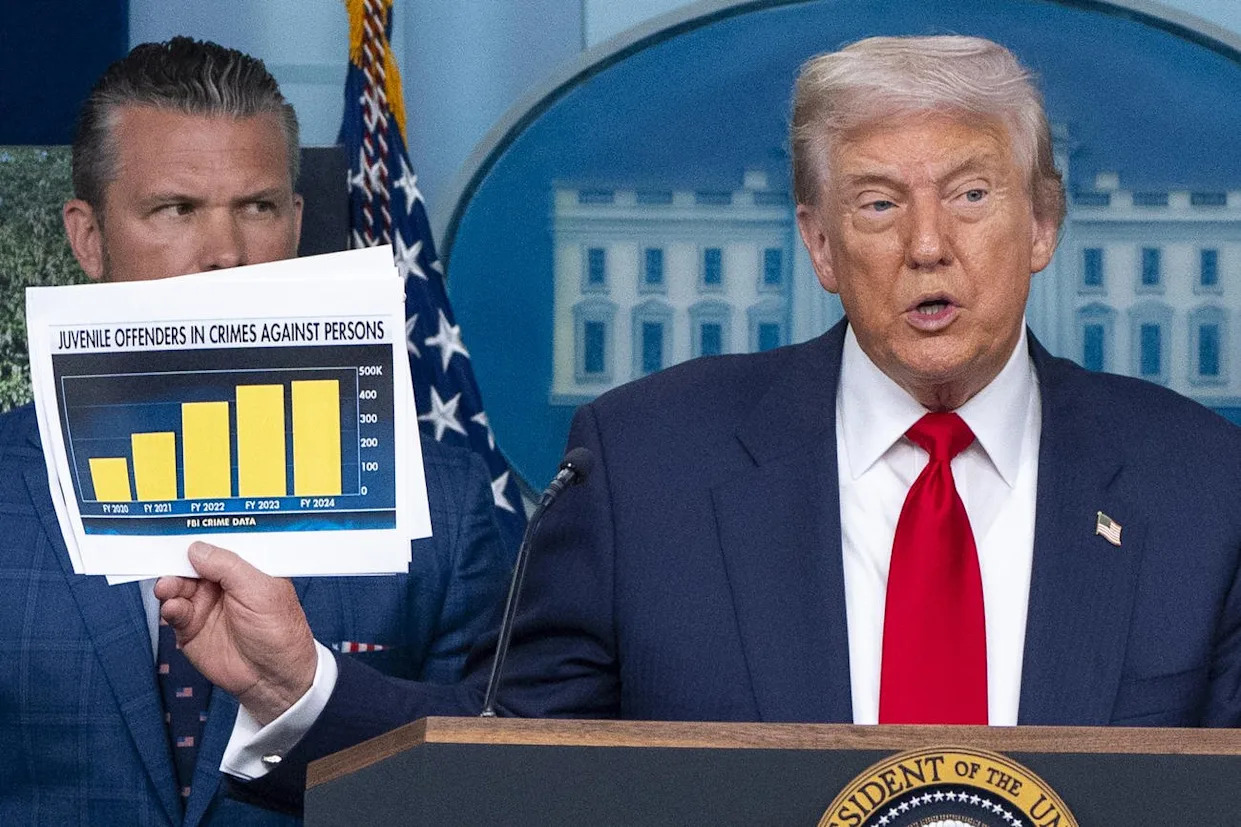
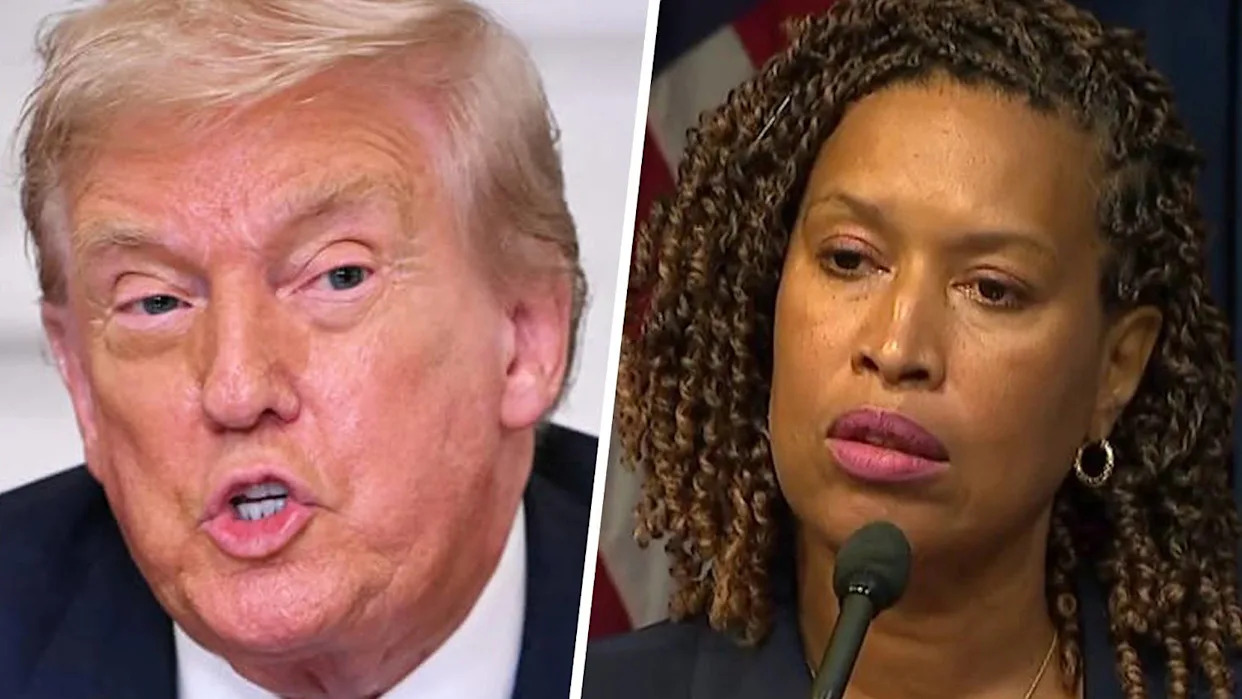
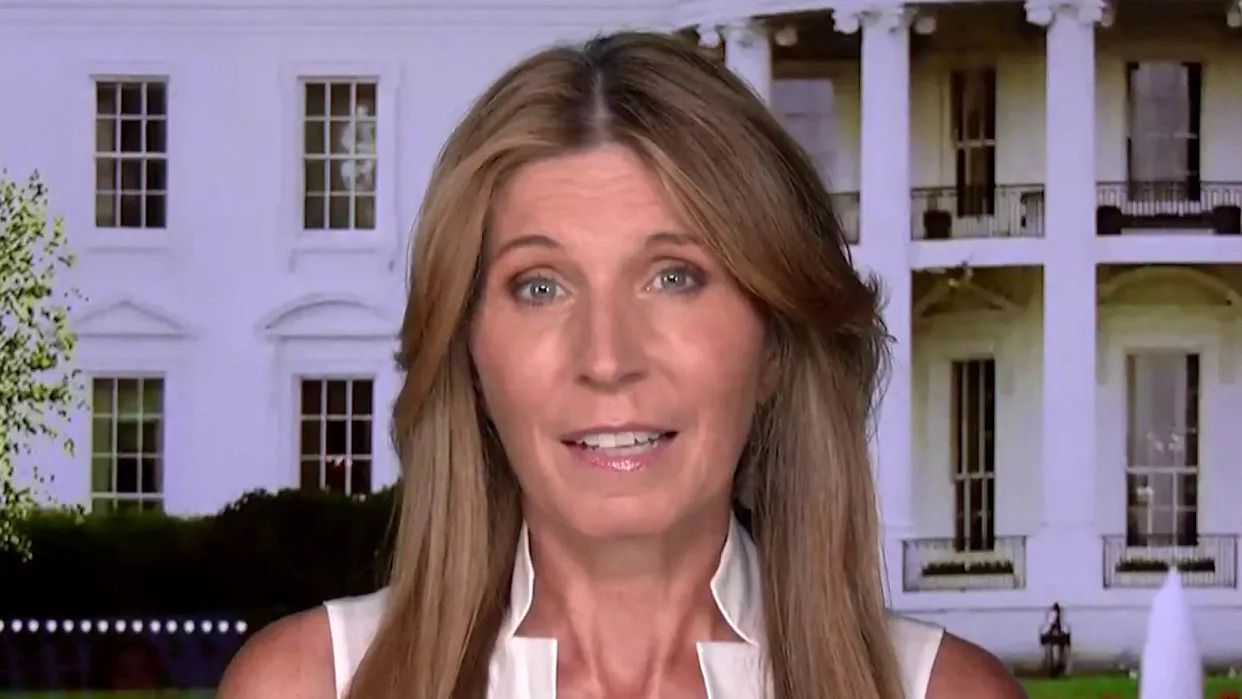
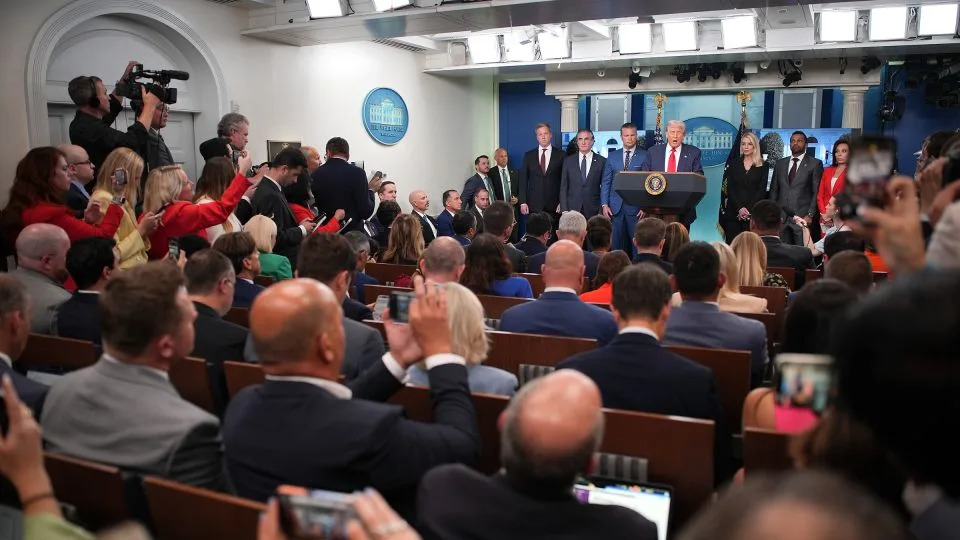
Comments